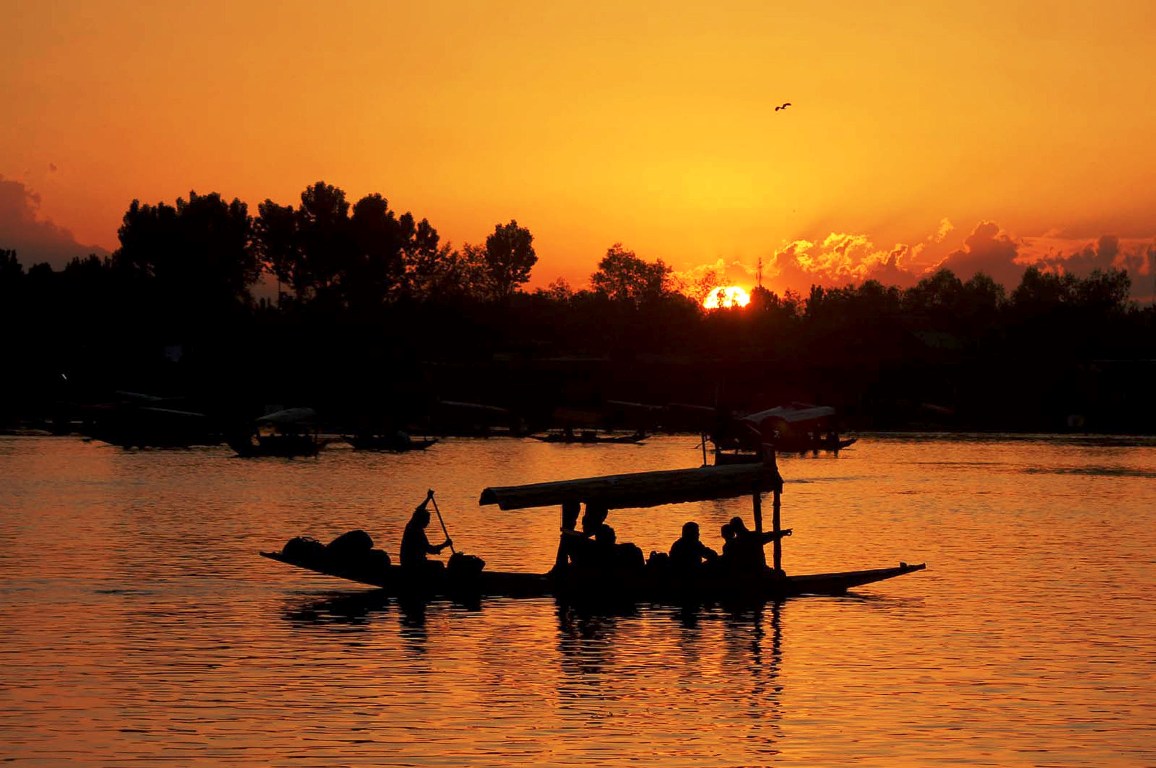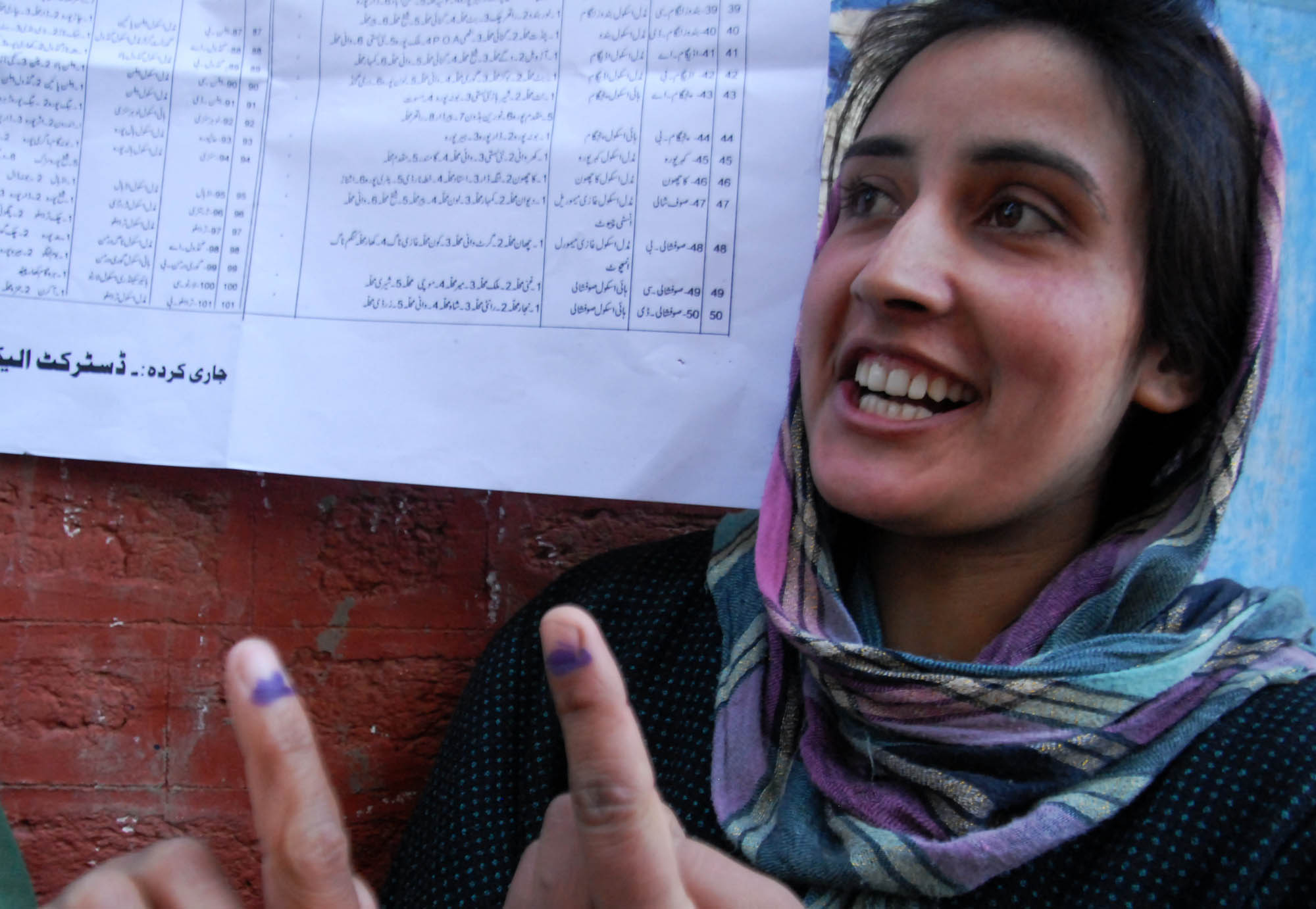by Dhaar Mehak
The vicious circle of poverty involving the Dal dwellers has been perpetuating for centuries.

Dal Lake has been serving as one of the major tourist destinations in Kashmir for centuries at a stretch. Historically validating, this water body has been associated with piousness, sacred waters, aesthetics and inexplicable virtues. However, the current scenario within and around the lake has come to become uniquely shadowy. The aesthetics are dwindling, the piousness vanishing and the idea of its attractiveness is fainting fast.
While the waters within the lake have lost their piousness, their quality has both decreased and deteriorated. Algae of multiple sorts have added to its unattractive surface. Weeds have nastily taken over its base. The fish grown within its ambit is barely considered safe for consumption. As such, the historicity associated with the Dal Lake has lost all its essence and presence. Throughout the past few decades, the area under the lake has shrunk from 25 sq km to 12 sq km.
The people dwelling in and around the lake have been identified (mostly) as poor. In the first place, they have manifested a lack of asset ownership compared with the average of the Kashmir region. Their housing and lodging conditions are again deemed as poor when compared to the mean housing and lodging conditions in Kashmir. The vicious circle of poverty involving the Dal dwellers has been perpetuating for centuries. The overall characterisation of this segment of the local population has been made as under-educated and lacking marketable skills.
In resilience, these people have been evolving along with their coping strategies and survival mechanisms. One of the visible but unspoken ways adopted by them has been the filling up of the lake; replacing water with soil through the planting of willow trees and enriching the soil quality of these land patches by the underground water weeds. This has served them the dual motive of ground creation for the purpose of living / housing/ construction and earning a livelihood by growing vegetables (and some fruits) for commercial and marketable purposes.
There are around sixty hamlets in and around the Dal Lake that cater to around 40 per cent of the vegetable and fruit demand of the Kashmir division. The floating vegetable market of the lake is not only famous but equally essential for the food security of the remotely and distinctly located Kashmir region. During the events of natural disasters, fragility shocks and harsh winters, the vegetable suppliers of the Dal Lake have contributed substantially towards the basic food security of the region.

The question of economic development is complex and intricate. There are tradeoffs to be made and there always will be with resources being scanty and amenable to multiple uses. However, the distinction as a mark of success in developmental outcomes is determined by the choice of a relevant strategy at the appropriate time. And the success assuredly comes at a price which is to be paid in terms of a valuable trade-off at any (and every) point in time.
Contextualizing the axiom back into the equation of the Dal lake and its dwellers either the strict Dal protection measures need to be stringently put in place paying the price in terms of the people and their developmental outcomes or the capability development of the poor people living in and around the lake needs to be prioritised. The price in the latter case will be paid in the kind of dirtier waters, shrinking area of the lake and manifold increase in its pollution levels. The fundamental aspect of a(ny) developmental process is intricately related to the point in time.

PHOTO BY BILAL BAHADUR
If in contemporary times, the Dal Lake in itself is prioritised then the people living in and around it need to be vacated immediately. In the alternate scenario, if the people living in and around the Dal Lake are given precedence then the Dal conservation measures need to be sidelined and the people allowed to explore all the existing and potential economising activities.

A middle way to the solution of the dual problem of saving the Dal Lake and enhancing the life-course outcomes of its people is not possible. Reoccurring governments from time to time have targeted to solve the two problems simultaneously and have failed terribly. Based on the empirical evidence and realised outcomes the price is to be paid and one of the two is sacrificed for attaining a solution that at least makes one of the objectives attainable.
And of course, given the crucial developmental stage that India contemporarily finds itself at, a wiser way is to build the human capital than to safeguard all the aesthetically attractive resources and possessions
(Dr Mehak teaches at the Islamic University of Science and Technology, Awantipora, Jammu and Kashmir. Ideas are personal.)















